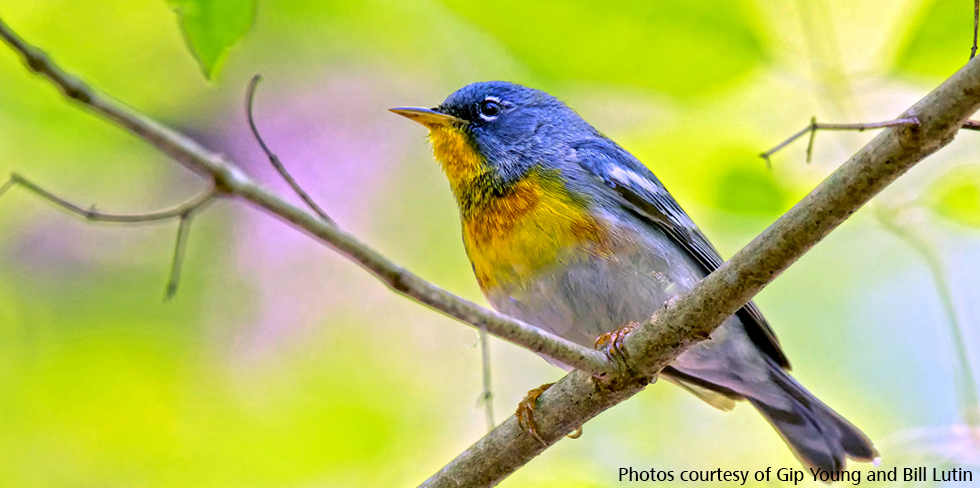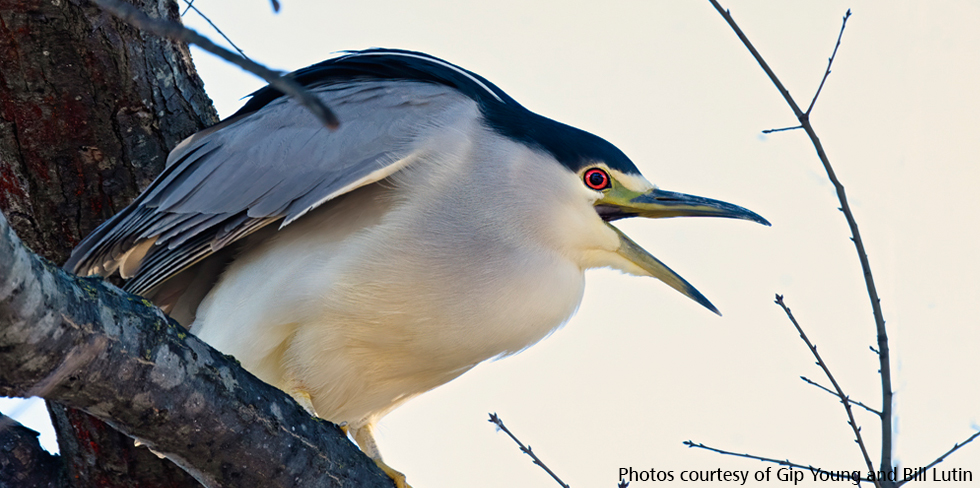The South Carolina swamp forests
In spring, the South Carolina swamp forests ring with the buzzy songs of Parula Warblers and the gobbles of Wild Turkeys. Swallow-tailed Kites and Wood Storks ride summer thermals. Fall brings flocks of migrating Common Nighthawks and Yellow-shafted Flickers. Duetting hoots from Great Horned and Barred Owls mark winter’s onset. Each season brings new birdlife to this sprawling private plantation on the South Carolina side of the Savannah River.
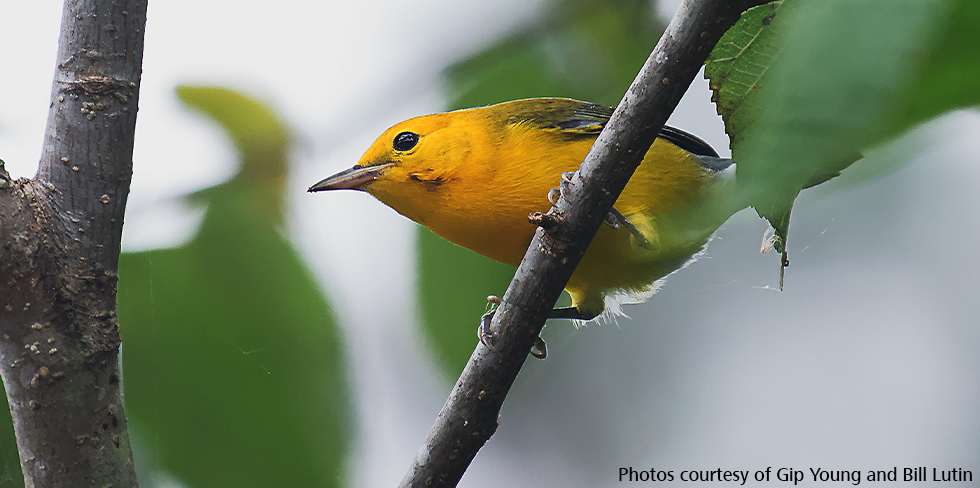
Now, thanks to an unusual partnership, this land is forever protected from development. But it wasn’t just the birds that brought partners together to fund the largest private conservation easement—13,868 acres—in South Carolina history.
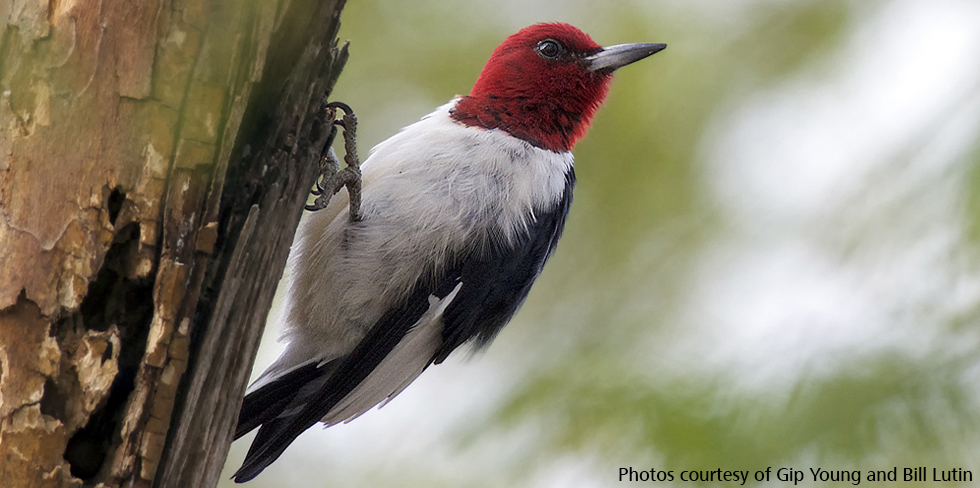
Pine forests in this part of the country provide habitat for Endangered Red-cockaded Woodpeckers and at-risk species such as Red-headed Woodpeckers and Northern Bobwhite. Ribbons of cypress swamps and bottomland hardwoods bordering the Savannah River attract nesting Prothonotary Warblers, Northern Shovelers, Wood Ducks, and Black-crowned Night-Herons. These forests are essential habitat for hundreds of species of migratory and resident birds. But for hundreds of thousands of downstream residents in places such as Beaufort, South Carolina and Savannah, Georgia, these forests are also important for drinking water.
SO, WATER UTILITIES AND CONSERVATION GROUPS TEAMING UP TO PROTECT FORESTS IS A WIN FOR EVERYONE.
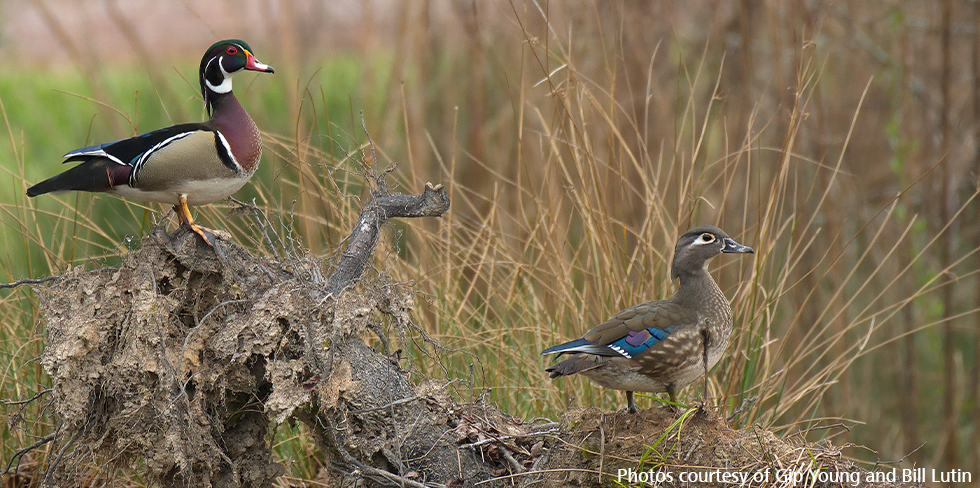
The nearly 3 million acre Savannah River Watershed is still largely rural and forested, and that’s just the way water utilities—the entities that treat, transport, and store drinking water–like it. Healthy, well-managed forests are good for birds—and for drinking water. Forests filter pollutants from the water before it enters treatment facilities. “Protecting healthy, well-managed forests and other natural lands in the watershed is one more way water utilities help ensure clean, reliable water for our customers,” said Joe Mantua, General Manager of the Beaufort-Jasper Water and Sewer Authority, located near Hilton Head Island, South Carolina. “We have state-of-the-art treatment facilities, but cleaner water coming into treatment facilities makes our job easier and helps keep costs lower for our customers.”
The Nature Conservancy’s South Carolina Chapter brokered this massive conservation easement. Conservation easements are voluntary legal agreements that permanently limit land use—such as development—in order to protect conservation values. They are a popular tool for private landowners to protect habitat for birds and other wildlife. And, they can also protect the forests that clean our drinking water.
Funding for this easement was provided by a water utility, the Beaufort-Jasper Water and Sewer Authority, as well as traditional conservation groups such the South Carolina Conservation Bank and the National Fish and Wildlife Foundation through Walmart’s Acres for America Program. Additional support was provided by The Longleaf Alliance, the USDA Forest Service, the Georgia and South Carolina Forestry Commissions, and the U.S. Endowment for Forestry and Communities.
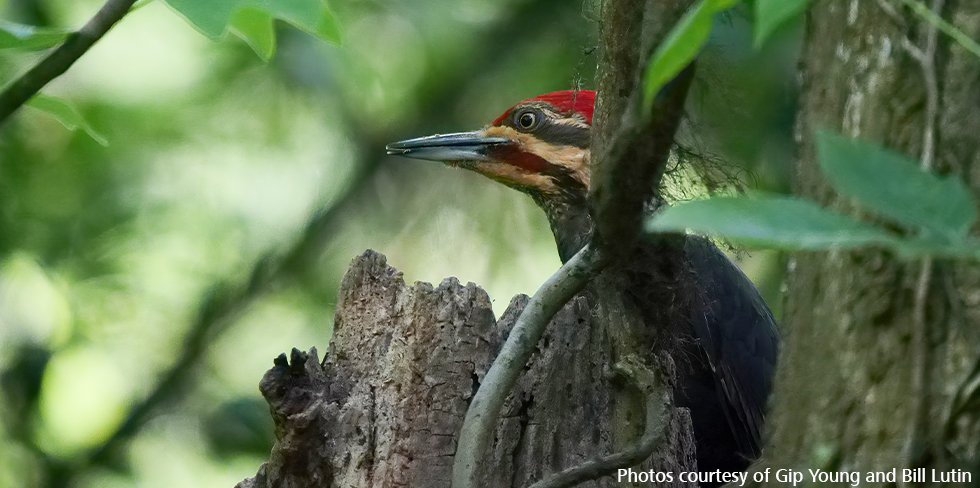
Protecting the forests that clean drinking water in this region is so important that partners created the Savannah River Clean Water Fund to help facilitate water utility contributions to forest and land conservation. In addition to supporting the easement described above, the Clean Water Fund helped orchestrate protection of a nearby 297 acre easement in partnership with the Low Country Land Trust and funded by the City of Savannah Utilities (which provides drinking water to city residents) and the South Carolina Conservation Bank. More forest protection projects are in the works.
What’s the big deal about water utilities and conservation groups working together to protect forests?
Large-scale land and habitat protection can be expensive.
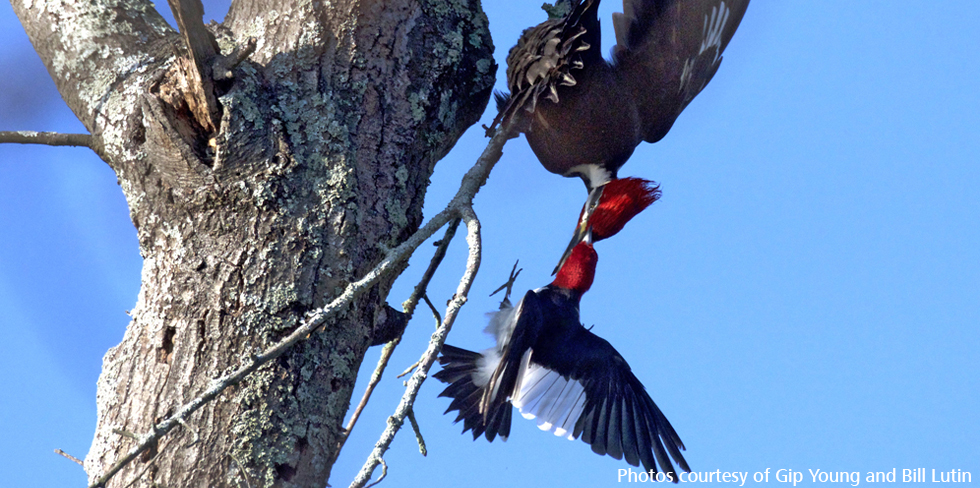
In some cases, the value to birds may be enough to finance protection costs. Many times, however, diverse interests and funding sources must align to enable protection. As human populations grow and climate changes, protecting drinking water supplies has taken on new urgency. The sources of our drinking water are often the very places birds need for nesting and foraging. Aligning drinking water and bird conservation interests is a natural.
What’s good for birds is often good for people, and vice-versa. Protecting forests that help ensure clean, affordable sources of drinking water also helps conserve vital habitat for birds and other wildlife. When multiple interests come together, everyone wins.
MORE INFORMATION
Birders can see many of the same species of birds protected by these projects at
